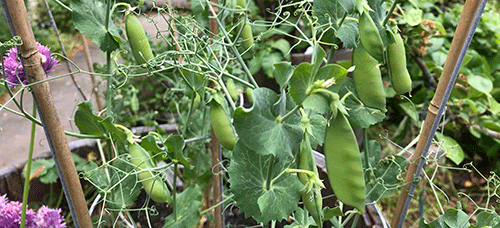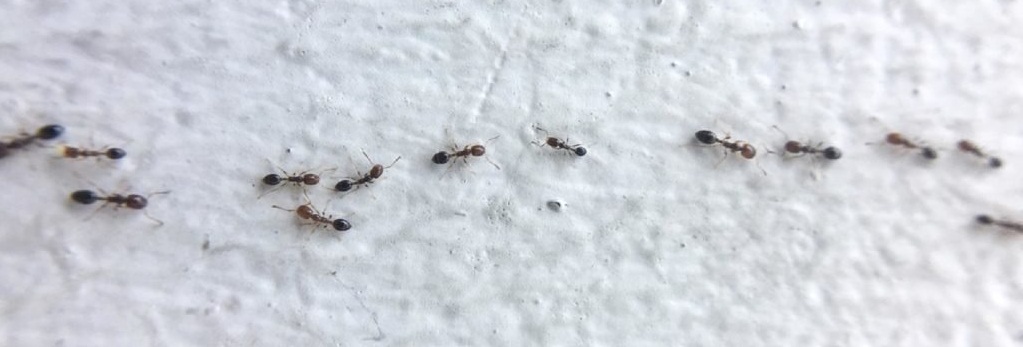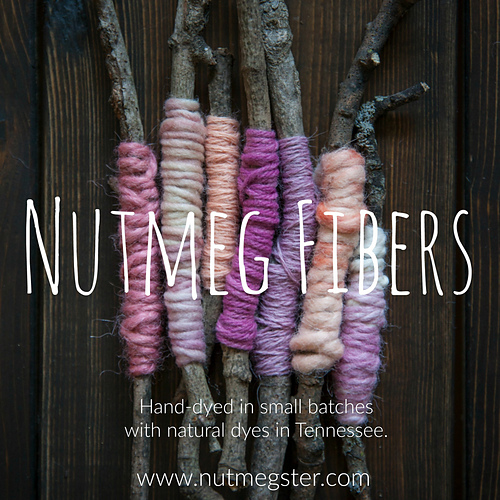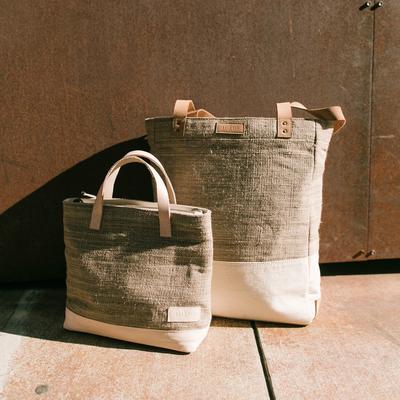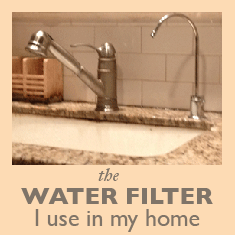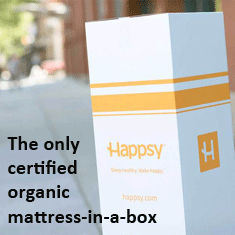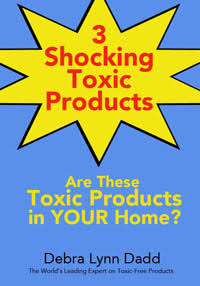
Water | Swimming Pools
Eating “Plant-to-Mouth” From My Organic Garden
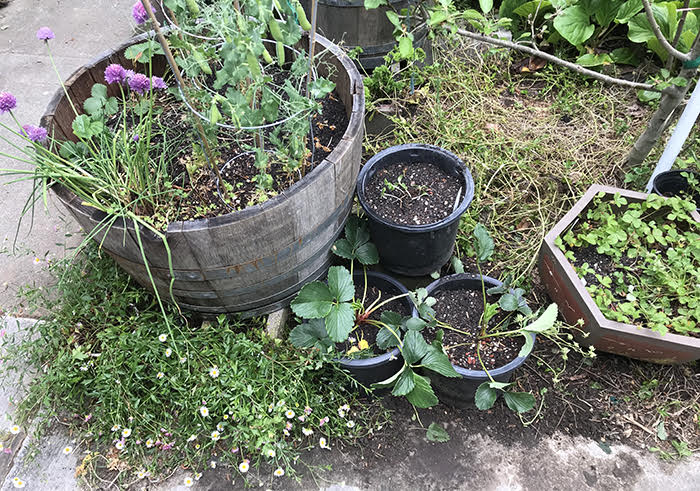
I started out last year with this tiny garden outside my office door. I took this photo yesterday morning after cleaning out the weeds. All these plants are from last year. Those purple flowers to the left are chive blossoms, several varieties of strawberries, Santa Barbara daisies (not edible but pretty). There’s another barrel with last year’s potatoes popping up again and a pomegranate tree, plus more over by the motorhome we are turning into a tiny house.
I spend a lot of time writing about how we can choose consumer products that are made without toxic chemicals, but “toxic-free” also includes doing and making thing yourself without toxics. Such as organic gardening.
This year we had a lot of rain, so my little garden is popping with plants I planted last year.
I’ve got chive blossoms ready to eat right now. English peas I planted earlier this year are about to give a harvest. Strawberry plants are sending out runners and the new plants are about twice the size of the original plants and already producing flowers. The two raspberry canes planted last year have produced so many new plants we have been digging them up and replanting because they are overflowing the barrel.
Ralph Waldo Emerson once said, “The Earth laughs flowers.” Today I am saying, “Here in my garden, the Earth is laughing vegetables and fruits!”
I’m fortunate to have Larry and his mom and a brother and a sister—all experienced gardeners—and enough fertile soil that we can each garden to our hearts content. This morning there was a large basket of java beans just harvested that I think we’re having for dinner.
Next weekend we’re going to some wonderful plant nurseries where we can buy heirloom seedings for edible plants. I can’t wait!
As I was walking around my garden, looking forward to pulling raspberries and tomatoes right off the plants and into my mouth I suddenly thought, “Oh, the next step after farm-to-table is plant-to-mouth!” I can hardly wait to do that in a few days when the peas pop. Fresh English peas with chive blossoms right out of my hand.
Is Silicone Inherently Antibacterial?
Question from Jennifer
Hi Debra,
Does anyone know if silicone touted as antibacterial and antimicrobial is that way because it is naturally a deterrent or if it is treated with a chemical? And if treated with a chemical to be antibacterial, is it inert in silicone in the final product?
I can’t find any information online about it at all for non medical products. For example I’m looking at buying a silicone dish drying mat because the cloth ones just get moldy fast and they all seem to say they are antimicrobial, but I can’t determine why, if it is a natural byproduct of being silicone or if treated like so many things are now.
If my dishes that eat off of will be touching I was wondering if I should be concerned. Thanks!
Debra’s Answer
Antibacterials is a big subject and antibacterials can range in toxic effect from silver having virtually no health effects to triclosan, which is known to be an endocrine disruptor and cause skin and breast cancer, among other health effects. There is even now an antimicrobial made from peppermint oil, so whenever you see the word “antimicrobial,” you need to find out the specific antimicrobial that has been used.
Antibacterials may be widely used and not on the label, for they can be used to prevent the deterioration of plastics, for example, which would not be on the label because it’s not a selling point for consumers. Again, the antimicrobial may be perfectly harmless or have health effects.
With regards to your question as to whether silicone is inherently antibacterial or whether a chemical is added, I would say from looking at online search results that silicone is NOT inherently antibacterial because additives exist to make silicone antibacterial for specific uses.
Would the antibacterial leach from the silicone? Well, depending on what form the antibacterial comes in, it would likely bind to the silicone and not be released. But again, we don’t know the antibacterial or the form it is in, or its toxicity.
I’m using my best logic here, based on my understanding, not on tests.
I always apply the Precautionary Principle, which is, when in doubt, don’t use it.
This is another example of why there needs to be improved labeling that reveals what all the materials are.
Ant Invasion in Home
Question from Caroline
Hi Debra,
My home is prone to ants; and this time , as well as regular foundation spraying with Termidor, and placing advion ant bait in heavily infested areas within the home 3 x over the past month, it has been over a month that the ants invade the master bath daily to the point of being unusable. Usual spraying of vinegar and water, sprinkling black pepper or cinnamon was to no avail. I had to call in a professional exterminator who is trying to work with me because of MCS.
Debra’s Answer
I’m going to say something that may sound obvious, but have you tried filling the holes where they come into the house?
This has been my tried-and-true method for controlling ants for almost 40 years and it always works. I even did it when I lived in an apartment building in San Francisco. All the other units were sprayed for ants, but I wouldn’t let them in my unit and did this instead. Even with the spraying the other units had ants. Mine was the only one that did not.
All you need is a bottle of Elmer’s White Glue and a damp sponge.
Trace the line of incoming ants back to where they are coming into your house and make note of the spot. Then wipe up the ants with the sponge. Fill in the hole with Elmer’s Glue. Then go to the next entrance and do the same.
The ants will continue to find new ways to get in until you’ve sealed all the holes. Then you will never have an ant problem again.
GDC/Building For Health
 The global leader of healthy home material supply, specializing in interior finishes and furnishings such as AFM Safecoat Paints and others,, toxin-free flooring, custom air purification systems and solutions, and other nontoxic building products. Healthy building expert Andrew Pace has over 25 years experience in the education of home health and human wellness. With over 20,000 satisfied clients all over the world, Andrew has a keen awareness of the issues relating to chemical sensitivity, green building, mold remediation and toxicity reduction.
The global leader of healthy home material supply, specializing in interior finishes and furnishings such as AFM Safecoat Paints and others,, toxin-free flooring, custom air purification systems and solutions, and other nontoxic building products. Healthy building expert Andrew Pace has over 25 years experience in the education of home health and human wellness. With over 20,000 satisfied clients all over the world, Andrew has a keen awareness of the issues relating to chemical sensitivity, green building, mold remediation and toxicity reduction.
Scarf Shop
 Long and luxurious scarves made from organic or conventional cotton or wool,dyed by hand in small batches in Minneapolis, MN. Low impact materials and methods are used whenever possible. Kettle dying in small batches with water based dyes gives fabric a rich and mottled appearance. These are gorgeous scarves. Lots of beautiful colors.
Long and luxurious scarves made from organic or conventional cotton or wool,dyed by hand in small batches in Minneapolis, MN. Low impact materials and methods are used whenever possible. Kettle dying in small batches with water based dyes gives fabric a rich and mottled appearance. These are gorgeous scarves. Lots of beautiful colors.
Pamut Apparel
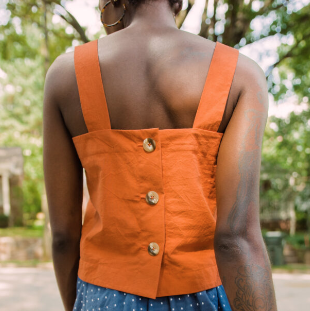 Simple yet styish clothing for women made from organic cotton, organic linen, or raw silk. “We use only natural fibers, sustainably sourced, in all of our clothing. We source only the softest natural fibers available. Our organic certified cottons and linens and sustainably sourced raw silks are beautiful, long-lasting, and pesticide free.”
Simple yet styish clothing for women made from organic cotton, organic linen, or raw silk. “We use only natural fibers, sustainably sourced, in all of our clothing. We source only the softest natural fibers available. Our organic certified cottons and linens and sustainably sourced raw silks are beautiful, long-lasting, and pesticide free.”
Nutmeg Fibers
Kelocabay
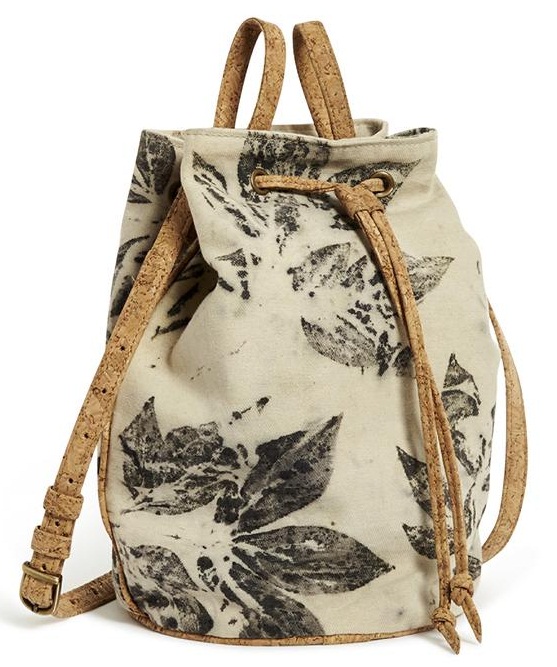 Bags of all sizes and natural fiber scarves “hand dyed naturally…We use plants, not pollutants, to create color for our accessories collection. The beauty of aligning our design, development and production with the East Coast seasons truly defines how guided we are by nature. Each season nature brings us many gifts, including the colors we create. We expand on and discover more colors from season to season through growing dye plants and natural dyeing our textiles in house. Our dye stuffs are mostly home grown, locally foraged or food scraps. At times we also use minerals and dye stuffs that we source from trusted suppliers.”
Bags of all sizes and natural fiber scarves “hand dyed naturally…We use plants, not pollutants, to create color for our accessories collection. The beauty of aligning our design, development and production with the East Coast seasons truly defines how guided we are by nature. Each season nature brings us many gifts, including the colors we create. We expand on and discover more colors from season to season through growing dye plants and natural dyeing our textiles in house. Our dye stuffs are mostly home grown, locally foraged or food scraps. At times we also use minerals and dye stuffs that we source from trusted suppliers.”
Camellia Fiber Company
 Natural fiber yarns colored with plant-based dyes. “We believe in the inherent beauty and superiority of natural fibers, and work exclusively with them. From cotton and linen to wool and mohair, our yarns lend beautiful texture to your most cherished projects…we dye our carefully sourced mill-spun yarns in small batches with the utmost care. Our new signature colorway collection is inspired by sun dappled florals, and our limited-edition seasonal collections are hand-dyed with natural seed, root, and flower based dyes.”
Natural fiber yarns colored with plant-based dyes. “We believe in the inherent beauty and superiority of natural fibers, and work exclusively with them. From cotton and linen to wool and mohair, our yarns lend beautiful texture to your most cherished projects…we dye our carefully sourced mill-spun yarns in small batches with the utmost care. Our new signature colorway collection is inspired by sun dappled florals, and our limited-edition seasonal collections are hand-dyed with natural seed, root, and flower based dyes.”

